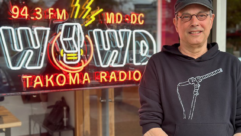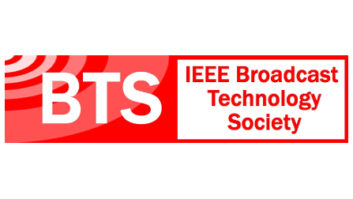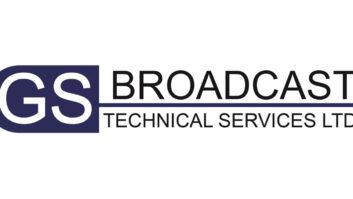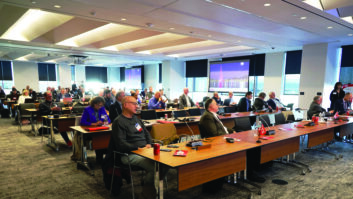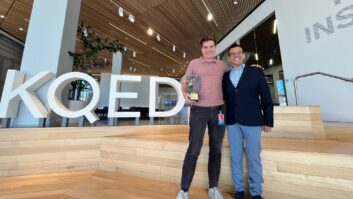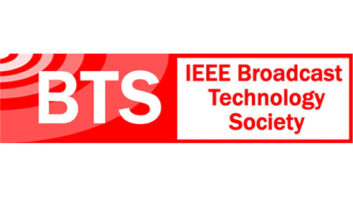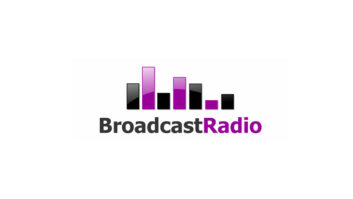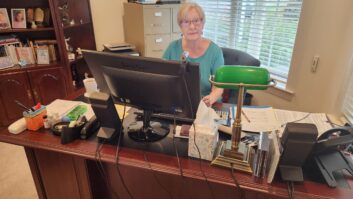
Jim Stenberg
In his presentation, “TV Repack Implications for FM Station Operations,” Jim Stenberg, principal engineer with American Tower Corp.’s RF broadcast division, looked at what may happen in terms of TV stations having to relocate their transmitting plant sites, add antennas to existing masts, or combine transmission facilities with other broadcasters in the same market when the incentive spectrum auction is completed and channels have to be reallocated to create additional space for successful wireless broadband bidders.
Stenberg summed up his presentation by issuing this advice to FM station operators who share tower space with TV stations, “Get an offsite ‘aux’ now! This is all you need to know.”
After more TV-centric presentations, radio again came under the spotlight with Nautel’s Philipp Schmid providing a look at implementation of an IBOC single frequency network.

Philipp Schmid
He described experimental implementation of IBOC on-channel “boosting” at Los Angeles’ KUSC(FM) this past spring with a 2 W IBOC transmitter, noting that the mobile HD reception stayed locked even when regular FM reception was severely impaired by terrain.
“The test was successful, Schmid said. “HD boosters are an effective option to extend coverage. Once we get into all-digital broadcasting, I think single frequency networks will really take off.”
After the traditional Broadcast Technology Society/Association of Federal Communications Consulting Engineers luncheon, symposium proceedings resumed with more radiocentric presentations, including an update on GeoBroadcast Solutions’ MaxCasting and ZoneCasting single frequency network technologies presented by that company’s VP of Global Sales and Business Development Hal Kneller, who provided audio recordings to illustrate the difference made in the coverage of an FM stations by the use of multiple transmitters.
Philipp Schmid returned for an encore performance, speaking this time about “Synchronizing IBOC Broadcast Components for Constant Diversity Delay.”

Hal Kneller
Continuing the “delay” theme was iHeartMedia’s Alan Jurison, also a Radio World contributor, who presented a paper on “HD Diversity Delay Field Observations: The Need for Automatic Alignment,” and then GatesAir’s Tim Anderson offered “Broadcast System Architecture for Maintaining HD Radio Diversity Delay Alignment.” Ben Barber, president and CEO of Inovonics, wrapped up the day’s proceeding with a look at “HD Radio Time Alignment.”
The three-day IEEE Broadcast Technology Society Symposium runs through Friday, Oct. 14.
Related:
2016 IEEE Broadcast Symposium Curtain Rises in Hartford




